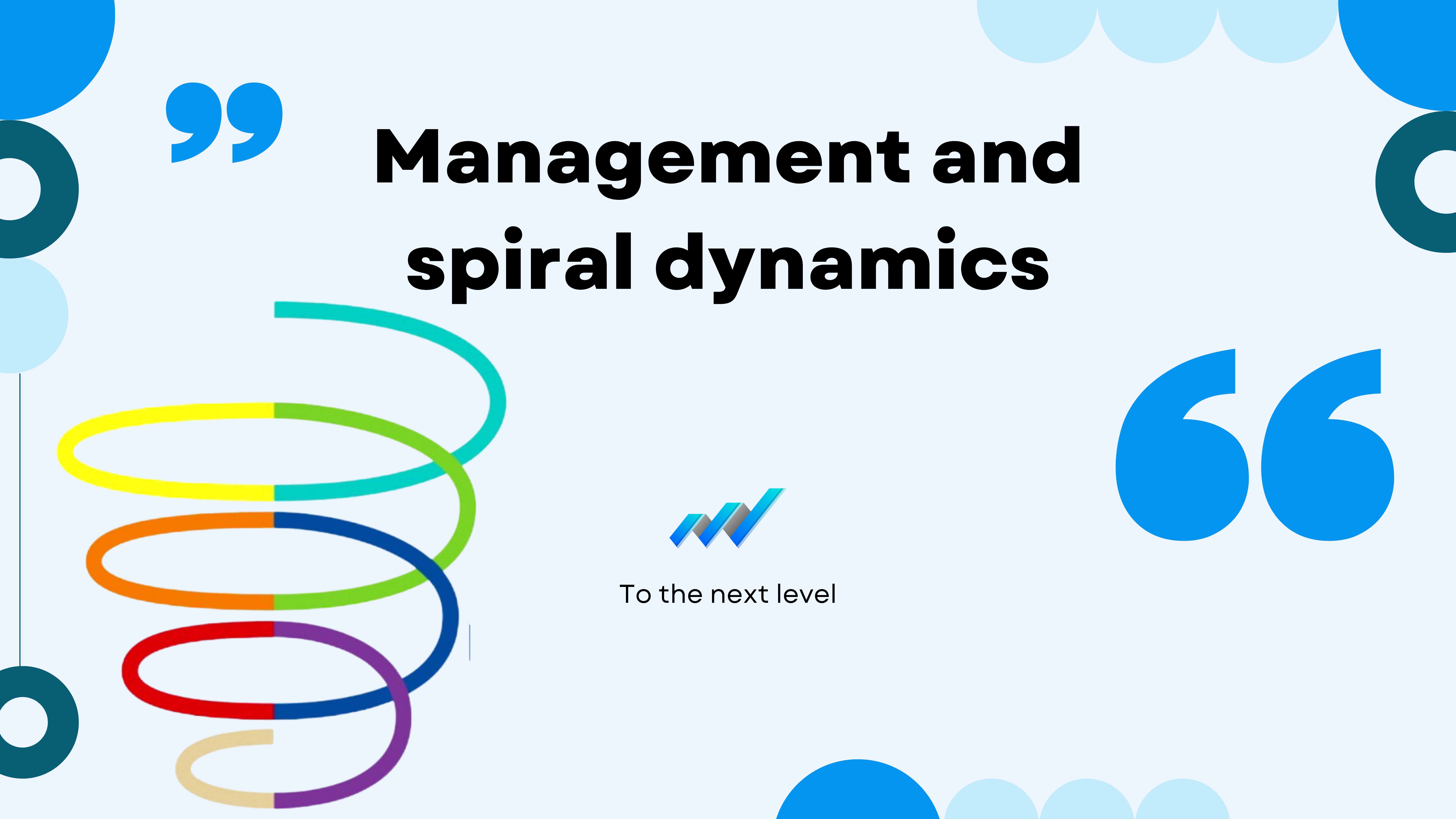Why have old management tricks when there are rainbows?
Welcome to a world where company management is becoming a true art! Forget about the old management methods – they are a thing of the past, along with film cameras and pagers. Today we are going to talk about something much more exciting and effective – spiral dynamics. Imagine a rainbow where each color is a different level of control and thinking. It’s not just beautiful, it works!
What are spiral dynamics?
Created by the scientist Clare Graves, this theory is a classification of basic types of thinking of both an individual and a social culture of any size: from a family to a company with many employees. The theory of spiral dynamics is like a colorful matryoshka doll, where each level of thinking hides the next. It is not chaos, but an ordered rhythm of development, where each new level builds on the previous one.
A universe of colored paradigms
Imagine that running a company is not just a matter of numbers and charts, but a whole palette of colors and shades. We have six basic colors, each of which corresponds to a certain corporate culture:
1. Purple is a culture of belonging. Such a company is more like a gang or a tribe united by family ties and surety. Organization of any processes here is minimal.
2. Red is a culture of strength. Responsibility and adherence to staffing levels are paramount here. Power belongs to one manager, the roles of employees often do not correspond to their real role in the team.
3. Blue – a culture of rules. A company at this level necessarily has a clear mission and an infinite number of rules, instructions and routines for its implementation.
4. Orange is a culture of success. Such companies have a complex organizational structure that changes frequently. There are few hierarchy levels, each team has its own tasks and the ability to make autonomous decisions that are within their competence. In an orange level company, tasks are successfully delegated, significant expenditures are required for training and development of employees.
5. Green is a culture of mutual understanding. There is always open dialog and good relationships. There are no bosses, but there are shared values. They are often civil communities, and their activities are not aimed at making profit. They often reveal themselves in business as well.
6. Yellow is a culture of creativity. Such companies are open to the younger generation. The main thing in them is a flexible approach, the ability to adapt to any environment and then to extract mutual benefit from it. It is a creative mess where everyone is both an artist and an engineer. Freedom, independence and flexibility – that is what is valued here.
How does it work?
Spiral Dynamics is not just a theory, it is a tool that allows you to understand what phase your company is in. And, knowing this, you can competently manage processes and people, going up the spiral higher and higher.
This is the key to understanding not only the corporate culture, but also the development of each employee. Using this theory, you will be able to create a dynamic, flexible and successful company where every employee will find his or her place in the sun.
Why it’s important?
In a world where everything is changing every second, the ability to adapt and stay one step ahead is the key to success. Spiral Dynamics is a practical guide to action that will help you transform your company and take it to the next level.
So, if you want to become a next-generation leader, get ready to travel this rainbow spiral. There are some amazing discoveries ahead of you!





